Mathematicians have developed a theoretical model which envisages the end of the universe in around 22bn years, with a phenomenon called the “big rip”. Here’s what you might want to do with the time we all have left.
1. A supervolcano
Every trip should start with a bang, and the makers of mildly terrifying documentaries have for years been animating the destruction that will follow when half of the Canary Island of La Palma falls into the sea. It’s a staggeringly unlikely event, but when it does happen it’ll be worth watching from a safe distance – in orbit, for example.
2. The rings of Saturn
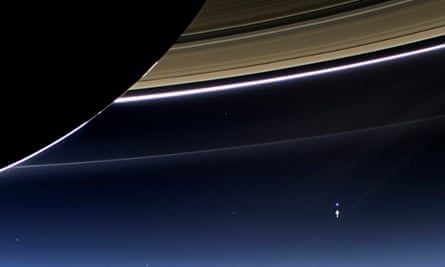
Saturn’s magnificent rings have been wowing astronomers since the invention of the telescope, and a close encounter with the millions of icy particles that make up the system is essential. Nasa’s Cassini spacecraft will swing past the rings in 2017 – and you should too on your way out of the solar system.
3. Pluto

The ultimate hipster destination, about to be visited by the New Horizons probe. Leave the eight real planets to the tour parties; proper travellers head for dwarf planets. The surface is covered in ice and a mix of broken down organic molecules sure to delight any sightseer.
4. Voyager’s welcome party
In 40,000 years time, the Voyager 1 probe will come within a couple of light years of the star AC +79 3888. Assuming we’ve invented interstellar travel by then, why not be there to welcome it? (Note that a couple of light years isn’t that close, so you’ll need to look closely to see the craft at all. Happy hunting!)
5. Watch a star being born
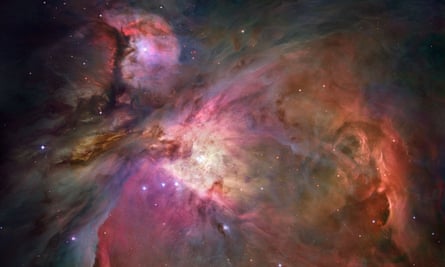
The nearest stellar nursery to the Earth is the Orion nebula, an immense cloud of gas and dust that has the advantage of containing rather a lot of alcohol. What could be more inspiring than watching the birth of a new star? (Performance lasts 10m-100m years, and takes place mostly inside a dusty cocoon. Bring an infrared telescope).
6. The centre of the Milky Way
Swoop close to the heart of our galaxy to watch stars orbit the supermassive black hole that resides there, three million times the mass of the sun. Be careful, though, as there’s evidence that this sleeping behemoth has been more active in the past than it is now. Intense radiation from a hot disc of infalling material can ruin even the most radiation-proof traveller’s trip, so stay clear during active epochs.
7. The end of the Earth
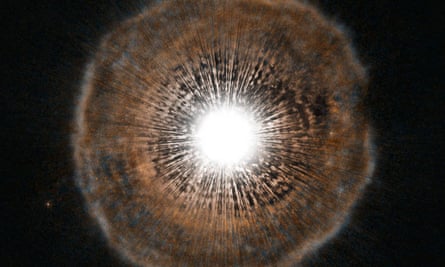
The sun is very slowly heating up, and Earth will lose its atmosphere in a billion years or so. The real show comes in about 4bn years, when the sun exhausts the supply of hydrogen at its core and swells to become a red giant. The details haven’t been announced yet – either Earth will be engulfed by the engorged sun, or it will continue to orbit as a charred husk just above the broiling surface of the now-enormous star. Either way, it’s a treat for any family in need of a dose of existential dread as all humanity has known until now is scoured away.
8. Find another Earth
Latest estimates are that there are at least 17bn Earth-like planets in the Milky Way galaxy, so why not find one that’s right for you? Decide whether you need the familiar (a moon, protection from comets and asteroids by a gas giant etc) or want to splash out on a ring system or an eccentric yet exciting orbit. A top tip when seeking a new home for humanity is to look for planets around stars fainter than the sun; not only are they easier to see, but the star will last longer.
8. Collision with Andromeda
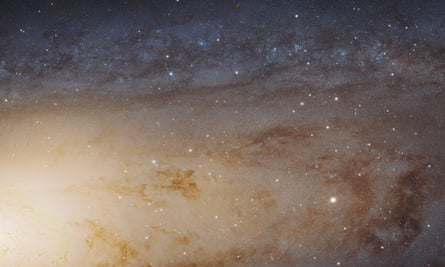
Make sure you take an intergalactic seat for drama on a scale that would have made Wagner blush. Our own Milky Way galaxy, with its 100bn stars or so, is hurtling toward the Andromeda galaxy, and the two will collide in approximately 5bn years or so. Sparks will fly as the disruption triggers an enormous burst of star formation; don’t worry, though – there’s enough space between the stars to ensure that even in a cataclysmic event like this collisions between stars will be vanishingly rare.
9. Surf a supernova
Stars like our sun have a fairly quiet end to their lives, but if you haven’t surfed the shockwave of an exploding massive star – a supernova – then you haven’t really tested your spacecraft. Likely candidates include the massive Eta Carina, a desperately unstable star which could go bang any time in the next million years or so.
10. Watch two black holes collide
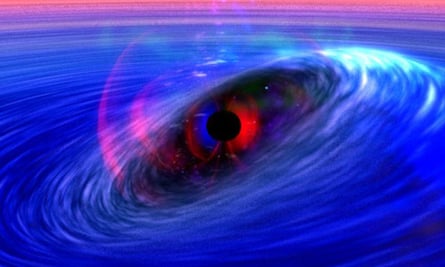
It may be the rarest event in the universe – the slow dance of two black holes before their eventual merger. Scientists on Earth are struggling right now to detect these events by recording the ripples in the fabric of space itself that will ensue, but to catch it yourself find the centre of a recently merged galaxy and look closely for a few billion years. Good luck!
11. Get to the edge of the universe
Travel is about broadening the mind with new perspectives, but also about being able to brag. You’ll want to have travelled further than your friends, but hurry! Due to the cosmological expansion of the universe, the proportion of it which can ever be reached is dropping. Every moment you remain on this rather pedestrian planet large swaths of space become inaccessible to any traveller bound by the laws of physics – if that’s you, then best get a move on.
